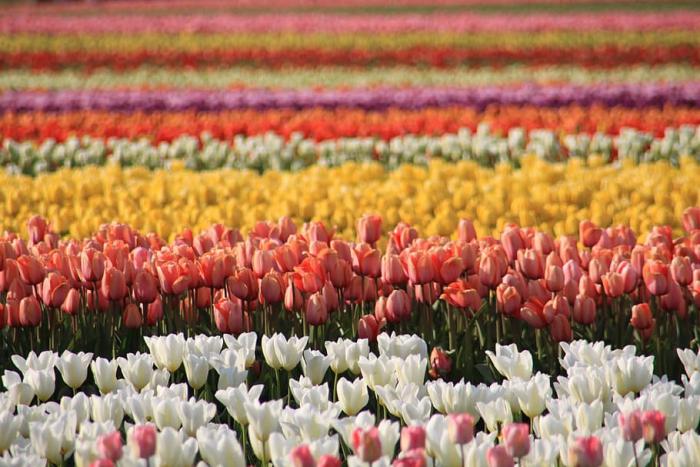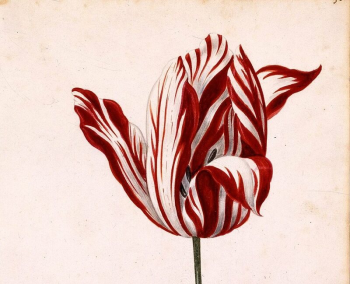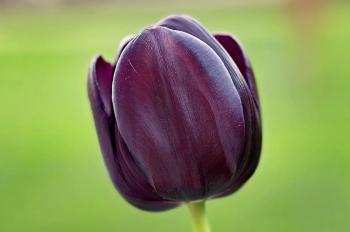
At one point in time, the cost of a tulip was greater than the cost of a . . . house!?
You read that correctly! In the late 1500's, a Flemish scientist brought tulip bulbs into Holland and started cultivating unique varieties of tulips. The popularity of the tulip turned into something of a craze, and by 1634 Tulip Mania had overtaken the Dutch. During this time, highly sought-after varieties of the tulip could cost a year's salary for a common worker. By 1637, the market for the special tulip bulbs had diminished. People who had spent a lot of money in hopes of selling their tulip bulbs for more money were left with just tulip bulbs.


- The tulip can be easily drawn in any spring scene because of its simple shape. If you can write the letter U and then put a three pointed squiggle on top of it, you can draw a tulip!
- The tulip got its name from its shape. The tulip is native to central Asia and it is said that its name is derived from the word turban because of the way the simple shapes of the petals resemble a turban. It is also possible that the association was due to the fact that it was fashionable to wear tulips on your turban at the time that tulips were introduced to Europe.
- There are over 3,000 varieties of tulips today.
- Most tulip suppliers and growers are still located in Holland.
- The most prized and expensive tulips during Tulip Mania were striped patterned flowers. These stripes are actually caused by a virus attacking the bulb.
Tulips by Melanie Mitchell (J 635.93 MIT)
The Story of a Tulip: It Starts With a Bulb by L. L. Owens (J 584.69 OWE)
Thea Stilton and the Great Tulip Heist by Thea Stilton (J STI)
The Great Tulip Trade by Beth Brust (F BRU)
